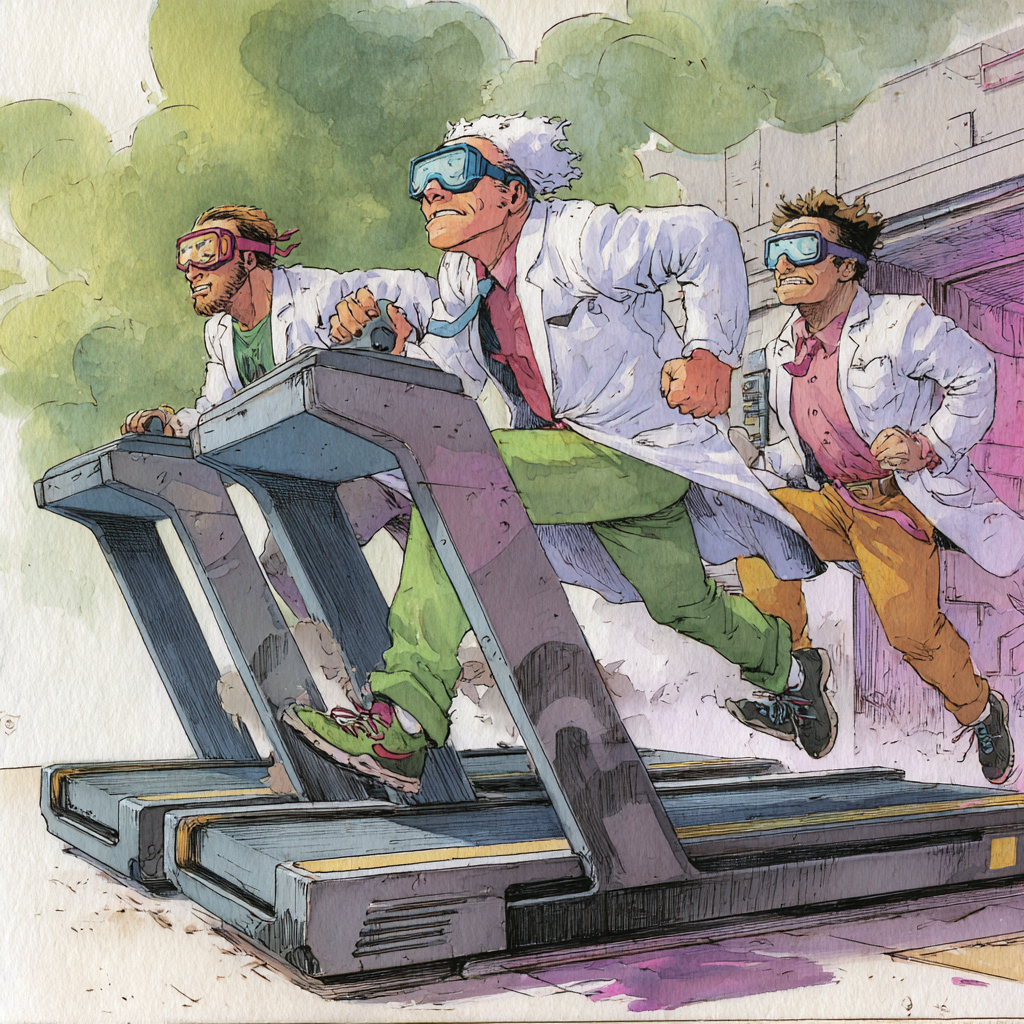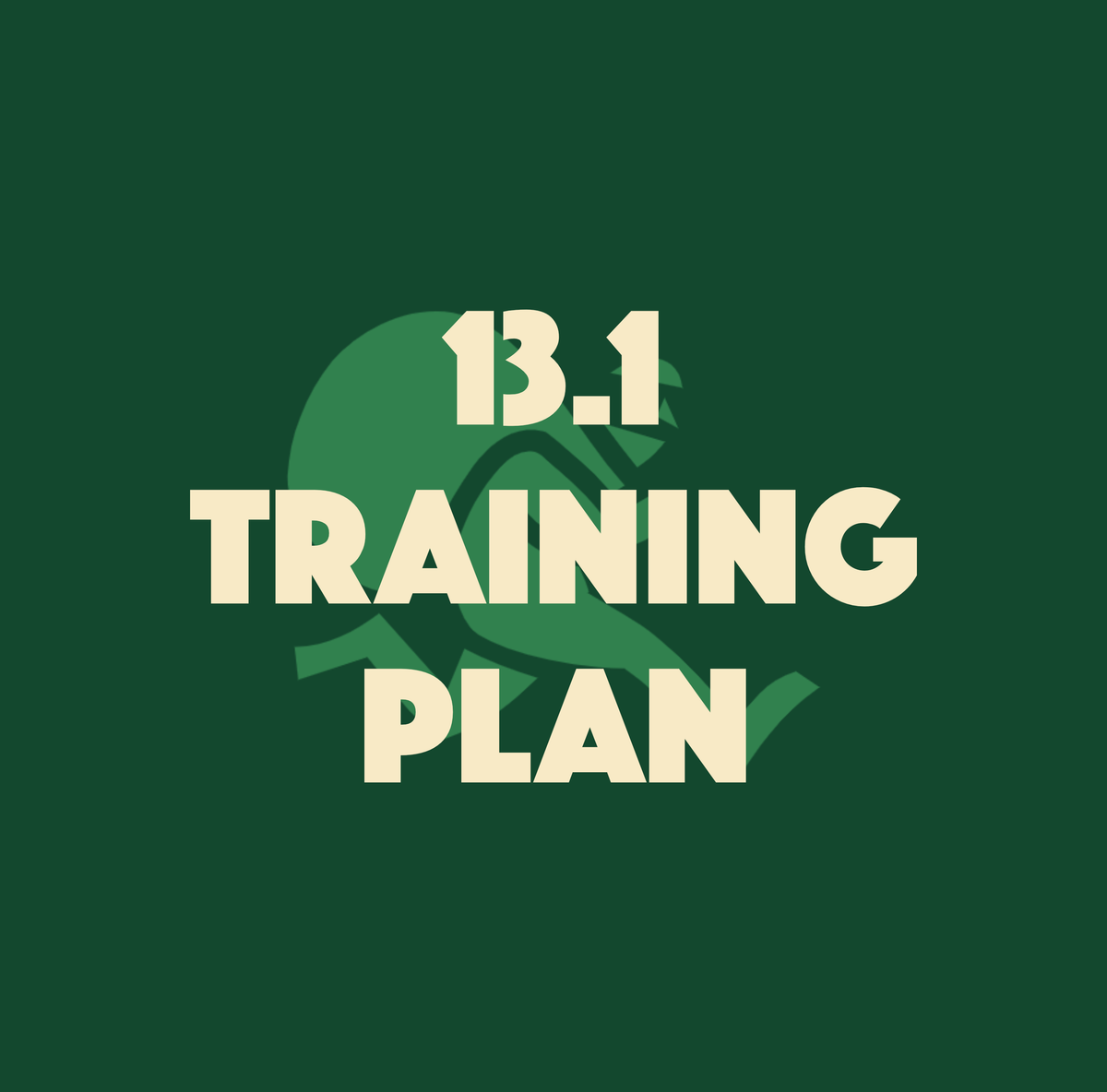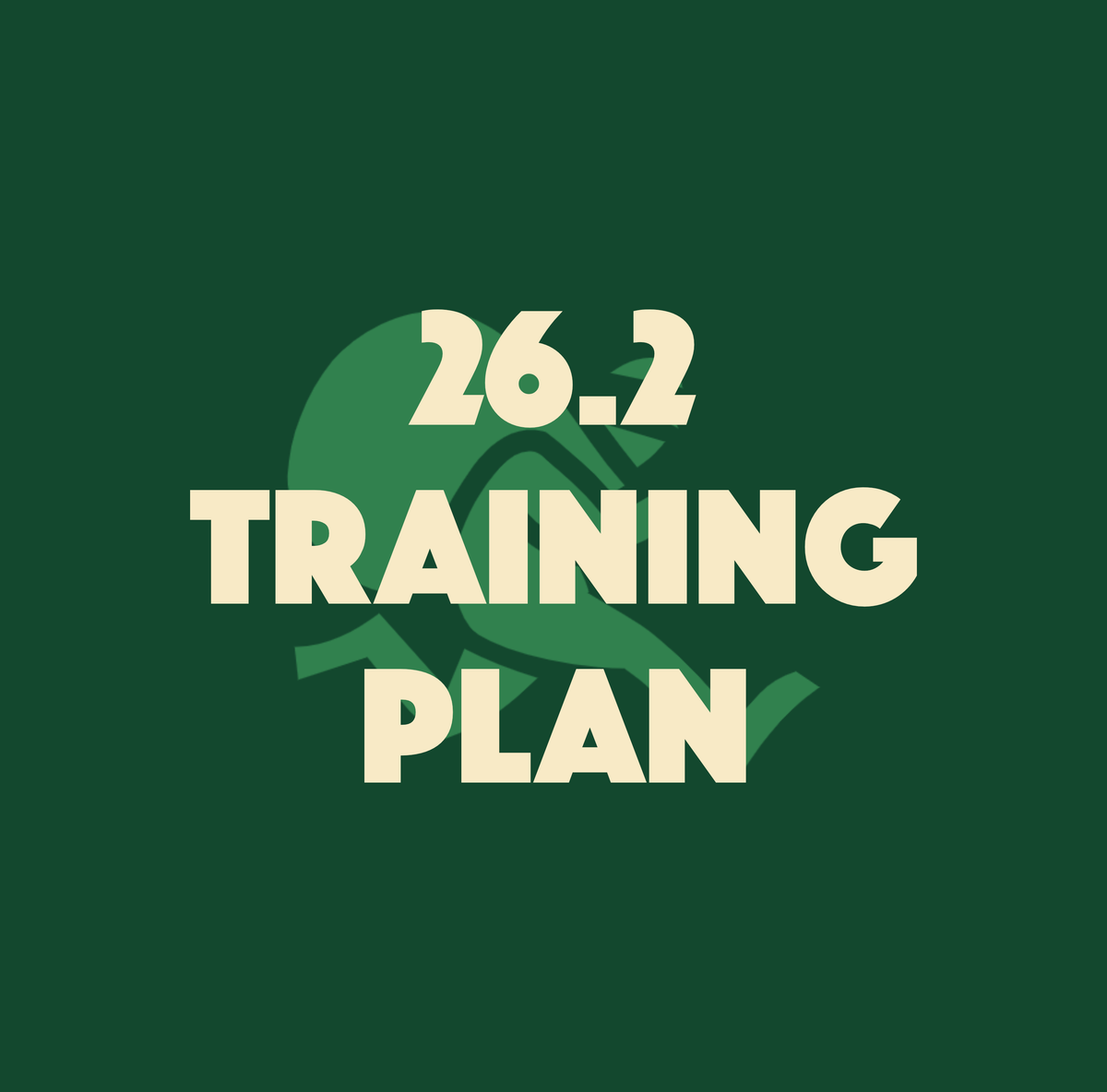
Zone 2 Training
You don’t always have to suffer to get better. In fact, going slow might be the smartest way to go fast. Zone 2 training—often called “conversational pace”—is one of the most effective tools for endurance, fat-burning, and longevity. It’s not flashy. It’s not painful. But over time, it completely reshapes your aerobic engine. Whether you’re training for a 5K or an ultramarathon, Zone 2 is your foundation.
What Is Zone 2?
Zone 2 refers to a specific heart rate range that targets your aerobic system without overstressing your body. On a scale of 1 to 5 (where Zone 5 is your all-out sprint), Zone 2 sits comfortably at about 60–70% of your maximum heart rate. It’s often called the "aerobic base" zone because it strengthens your cardiovascular system without overstressing it.
You should be able to speak in full sentences while running or cycling in this zone. If you’re gasping for air, you’ve gone too hard. If you’re barely breathing, you might be undercooking it. This is the zone of easy effort, fat-burning metabolism, and long-term cardiovascular health.
Why Train in Zone 2?
Zone 2 training helps build mitochondrial density—the little power plants in your cells that process oxygen and fuel. More mitochondria = better endurance and recovery. Over time, Zone 2:
- Increases aerobic capacity (VO2 max)
- Improves fat metabolism
- Enhances lactate clearance (you can buffer hard efforts better)
- Lowers resting heart rate
- Boosts overall durability
And maybe most importantly: it’s sustainable. You can do it more often without burning out.
- Builds aerobic capacity: You expand your ability to use oxygen efficiently—this is what allows you to go longer and feel less tired.
- Burns fat, not sugar: Zone 2 improves your body’s ability to use fat as fuel. That means better energy levels and less reliance on gels or snacks.
- Strengthens the heart: Your heart becomes more efficient, lowering your resting heart rate and improving recovery between efforts.
- Less injury risk: Because it’s low impact and low stress, you can stack more time training without burning out.
- Mental resilience: It’s humbling. It forces you to be patient. In a world of “go hard or go home,” it teaches you to listen to your body and stay present.
How to Find Your Zone 2
There are a few ways to estimate it:
- Heart rate method: Zone 2 is roughly 180 minus your age (Maffetone method), with a few adjustments for fitness or illness.
- Talk test: If you can speak in full sentences while running, you're likely in Zone 2. If you're huffing, you’re too high.
- Perceived effort: Zone 2 feels like a 4/10 on the effort scale. You could do it for hours—because one day, you might.
- Use the Heart Rate Zone Calculator to get a rough estimate of what your Zone 2 is.

How Often Should You Train in Zone 2?
If you're serious about endurance, at least 70–80% of your weekly mileage should be in Zone 2. That’s not a typo. It’s common to want to push every workout. But here’s the trick: the more time you spend in Zone 2, the higher the ceiling becomes for your harder efforts. Your sprints get faster. Your races feel easier. Your recovery gets shorter. Everything improves—because the engine underneath is bigger.
Elite endurance athletes spend up to 80% of their time in Zone 2. For the rest of us, 2–4 sessions per week is a great start. Long runs, recovery runs, or easy rides are all opportunities to build your base.
Consistency is more important than duration. 30–60 minute sessions work well. For marathoners or ultra athletes, longer efforts in Zone 2 (up to 90–120 minutes) build crucial aerobic efficiency.
What It Looks Like in Practice
Let’s say you run four times a week. Three of those should be easy Zone 2 sessions—long and slow. One might be a speed workout or hill session. As you get fitter, you’ll notice your Zone 2 pace gets faster at the same heart rate. That’s the magic.
If you’re walking or jogging slower than you'd like at first, don’t worry. This is common. Your body is recalibrating, building mitochondria, improving efficiency. Trust the process.
Pairing Zone 2 With Other Training
Zone 2 is the foundation, but it works best when combined with higher intensity intervals, strength training, and recovery. Think of it as the base of your pyramid:
- Zone 2: 60–70% of your training
- Strength + HIIT: 20–30%
- All-out efforts: 5–10%
Zone 2 and Sendō
In Sendō we combine running, lifting, and yoga. Zone 2 is the quiet heartbeat of it all. It connects breath and body, stamina and mindfulness. It makes you stronger without breaking you down. It’s the reason you feel less fried, more alive.
Yoga supports Zone 2 training by enhancing breathing efficiency, flexibility, and recovery. Breathwork especially can teach you how to manage your aerobic output and stay calm under stress. Incorporating yoga sessions on off days or after long Zone 2 efforts helps keep your system balanced.
Final Thoughts
Zone 2 isn’t sexy. But it works. If you want to go far, start here. If you want to feel better, live longer, and train smarter—stay here. Speed will come. The fire will come. But build the furnace first. In the end, the goal isn’t just performance. It’s freedom. And Zone 2 is the road that gets you there.




















Subscribe to get updates on new content, merch and more from Sendō Worldwide.
Check out some Research: our free collection of training plans, workout guides, nutrient-dense grocery lists, pace calculators, and other tools to support your quest.
Browse the Online Shop for apparel, accessories and training books to equip yourself for the path ahead.
Have a tip, story, or idea? It could end up in a future post. Email me anytime with questions, thoughts, or even confessions — we're all in this together.





















